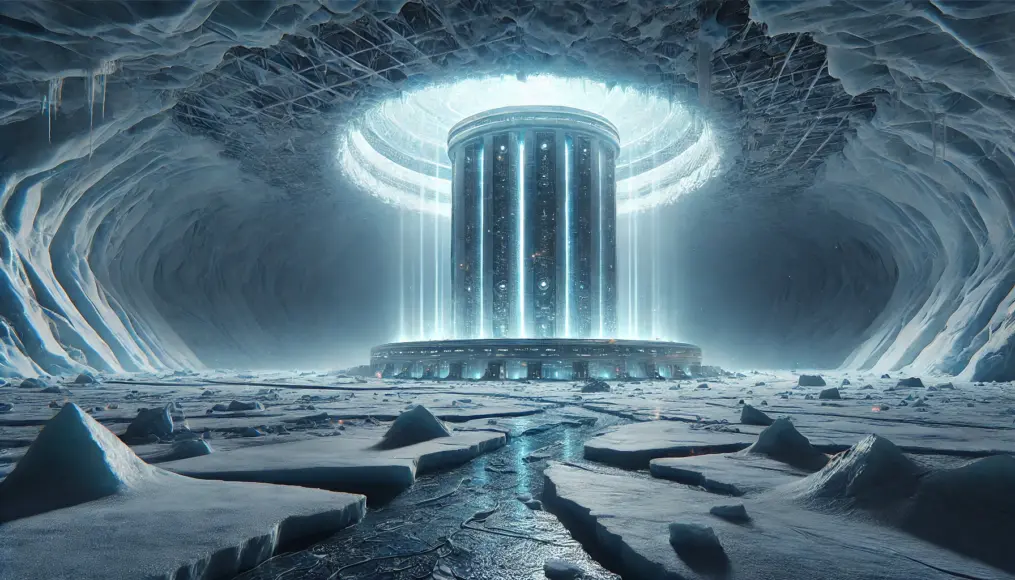Standing tall on the Salisbury Plain in southern England, Stonehenge remains one of the most enigmatic and iconic prehistoric monuments.
One of its greatest mysteries is the “bluestones,” which were transported from Wales, hundreds of kilometers away.
Why were these stones chosen, how were they transported, and what motivated such extraordinary efforts?
This enduring mystery continues to fascinate researchers and visitors alike, suggesting that ancient people held deep cultural or spiritual beliefs about these stones.
The Structure and History of Stonehenge
Stonehenge is believed to have been constructed between 3000 BCE and 2000 BCE.
Despite years of research, the purpose of its unique structure and the choice of specific materials remain partially unexplained, leaving much room for discovery.

The Arrangement and Features of the Stones
Stonehenge is composed of outer “sarsen stones” and inner “bluestones.”
The sarsen stones, large sandstone blocks, were sourced locally, while the bluestones, smaller and bluish in color, were transported from distant locations and placed in the center.

Roles of Sarsen Stones and Bluestones
The sarsen stones form the massive arches and pillars that provide the structural foundation of Stonehenge.
The bluestones, arranged in the inner circle, are believed to have held ceremonial, astronomical, or spiritual significance.

Astronomical Alignment of Stonehenge
Stonehenge is aligned to mark the sunrise and sunset on the summer and winter solstices, suggesting its role as an ancient observatory.
This precise alignment reflects the advanced knowledge of its builders and hints at its use for astronomical and ceremonial purposes.

The Origin of Bluestones and Their Connection to Wales
The bluestones at Stonehenge were sourced from the Preseli Hills in Wales, over 240 kilometers away.
This distant origin, combined with their unique properties, suggests significant cultural or spiritual motivations for their selection.

The Preseli Hills and Characteristics of Bluestones
The Preseli Hills are the exclusive source of bluestones, a volcanic rock known for its distinct bluish hue.
Ancient people may have valued these stones for their physical appearance and symbolic or mystical significance.

Geological Properties of Bluestones
Bluestones are noted for their hardness and density, making them durable and suitable for monumental purposes.
These geological properties may have contributed to their selection for a site as important as Stonehenge.

Spiritual Background of the Preseli Hills
The Preseli Hills were likely considered a sacred site within ancient Celtic culture.
Using stones from this region may have been intended to imbue Stonehenge with spiritual power or symbolic importance.

The Mystery of Transportation: Ancient Ingenuity
The transportation of bluestones over 240 kilometers is a remarkable testament to the ingenuity of ancient societies.
How were such heavy stones moved such vast distances?

Water Transport as a Possibility
Many researchers believe that waterways were utilized to transport the bluestones.
By constructing wooden rafts and navigating rivers and seas, ancient builders may have effectively moved these massive stones.

Challenges of Land Transport
On land, transporting the stones likely required innovative methods such as rolling logs or preparing slick paths using water or animal fat.
The effort would have involved hundreds of workers and immense coordination.

Technical and Social Organization
Such a monumental task would not have been possible without advanced technical knowledge and a highly organized society.
The successful construction of Stonehenge reflects both technological innovation and strong leadership in ancient times.

The Symbolic and Mystical Power of Bluestones
The bluestones of Stonehenge are believed to hold symbolic and possibly mystical meanings beyond their physical properties.

Healing Properties and Religious Significance
Some theories suggest that the bluestones were associated with healing properties.
If Stonehenge functioned as a “healing sanctuary,” the central placement of these stones might have been essential to its purpose.

Astronomical Significance of Bluestones
The arrangement of the bluestones is thought to align with astronomical events, such as the movements of the sun and moon.
This alignment underscores their role in ancient scientific and spiritual practices.

Mystical Energy of Bluestones
Ancient lore often attributed mystical energy or powers to the bluestones.
This belief may have been a driving force behind their selection and transport to Stonehenge.

Conclusion: Insights into Ancient Wisdom
The bluestones of Stonehenge are far more than simple building materials; they symbolize the beliefs, knowledge, and ingenuity of ancient people.
Exploring the reasons behind their transport offers us a window into the profound wisdom of early civilizations.
What do you think these stones represent? Share your thoughts in the comments below!




Comment